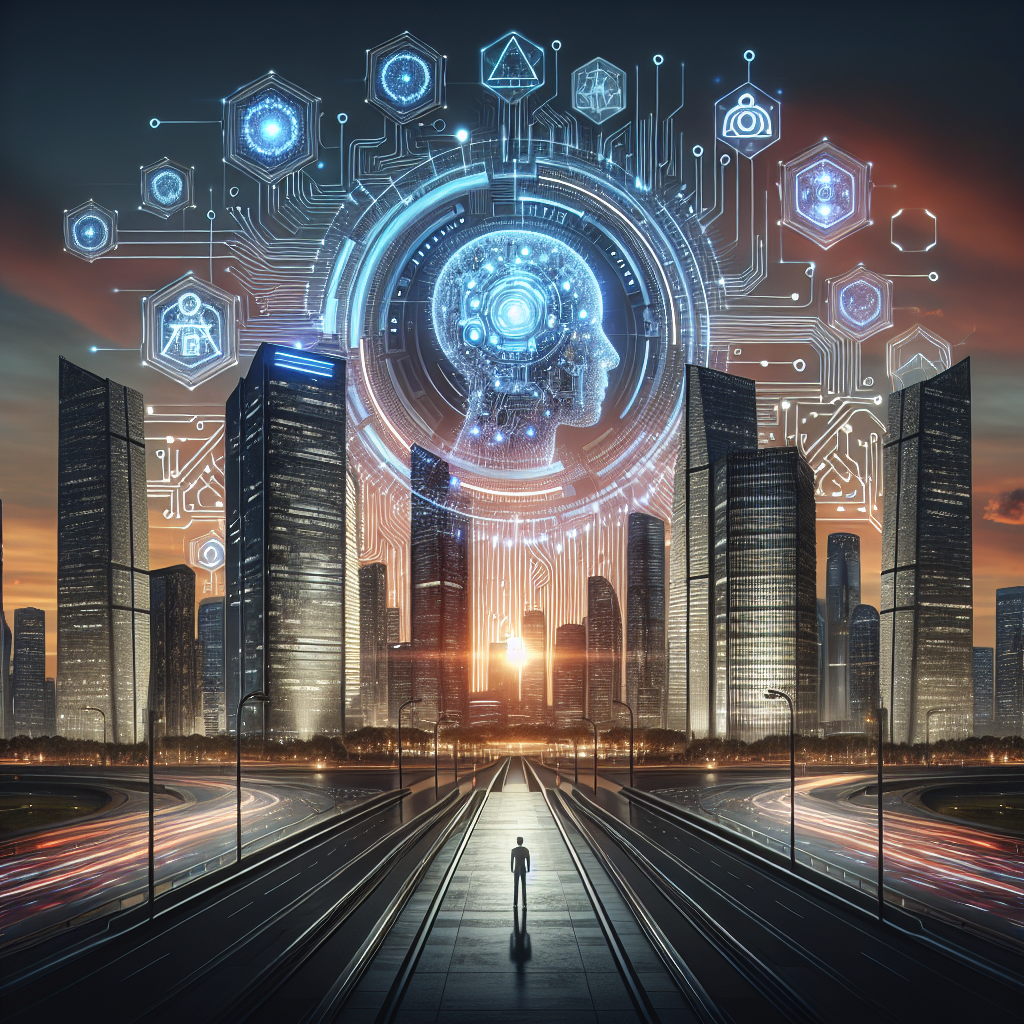Artificial Intelligence (AI) is revolutionizing various industries, and architecture is no exception. From design to construction, AI is changing the way architects work and the buildings they create. Here are five ways AI is transforming the face of architecture:
1. Design Optimization:
AI algorithms can analyze vast amounts of data and generate design options that meet specific criteria such as energy efficiency, cost-effectiveness, and sustainability. This allows architects to explore a wide range of design possibilities and select the best one based on their requirements. AI can also assist in creating parametric designs that can be easily modified to accommodate changes in the project.
Additionally, AI-powered generative design tools can create innovative and complex designs that would be challenging for humans to conceive. These tools use machine learning algorithms to generate design options based on input parameters, enabling architects to explore new design concepts and push the boundaries of traditional architecture.
2. Energy Efficiency:
AI can help architects design buildings that are more energy-efficient by analyzing factors such as building orientation, window placement, and insulation. AI algorithms can simulate different scenarios and determine the most efficient design solution to minimize energy consumption and reduce carbon footprint.
Furthermore, AI can optimize building systems such as heating, ventilation, and air conditioning (HVAC) to ensure optimal performance and energy efficiency. By analyzing real-time data from sensors installed in the building, AI can adjust the HVAC settings to maintain a comfortable indoor environment while minimizing energy usage.
3. Construction Management:
AI is also transforming the construction process by improving project management and coordination. AI-powered project management tools can optimize construction schedules, allocate resources efficiently, and identify potential risks before they escalate. This helps architects and construction teams to deliver projects on time and within budget.
Additionally, AI can assist in quality control by analyzing images and videos captured on-site to detect defects or deviations from the design plans. This ensures that construction meets the required standards and specifications, reducing the likelihood of costly rework or delays.
4. Sustainable Design:
AI is playing a crucial role in promoting sustainability in architecture by analyzing environmental data and recommending design strategies that minimize the environmental impact of buildings. AI algorithms can evaluate factors such as solar exposure, wind patterns, and water usage to optimize building performance and reduce resource consumption.
Furthermore, AI can help architects incorporate sustainable materials and construction techniques into their designs to create eco-friendly buildings. By considering the life cycle of materials and their environmental impact, architects can make informed decisions that contribute to a more sustainable built environment.
5. Virtual Reality and Augmented Reality:
AI-powered virtual reality (VR) and augmented reality (AR) technologies are revolutionizing the way architects visualize and communicate their designs. VR allows architects to immerse themselves in a virtual representation of the building, enabling them to experience the space from different perspectives and identify design flaws before construction begins.
On the other hand, AR overlays digital information onto the physical environment, allowing architects to see how their designs will interact with the existing surroundings. This technology can facilitate communication with clients and stakeholders by providing a more intuitive and interactive way to present design concepts.
FAQs:
Q: Is AI replacing architects?
A: AI is not replacing architects but rather enhancing their capabilities and empowering them to create innovative and sustainable designs. Architects will continue to play a crucial role in designing buildings that meet the needs of society and contribute to a better built environment.
Q: How can architects leverage AI in their practice?
A: Architects can leverage AI in various ways, such as using generative design tools to explore new design possibilities, optimizing building performance with AI algorithms, and improving project management with AI-powered tools. By integrating AI into their practice, architects can streamline their workflow, enhance design quality, and deliver projects more efficiently.
Q: Will AI eliminate the need for human creativity in architecture?
A: AI is a powerful tool that can assist architects in the design process, but human creativity and intuition will always be essential in architecture. AI can generate design options and optimize building performance, but it is up to architects to interpret the data, make informed decisions, and bring their unique vision to life.
In conclusion, AI is transforming the face of architecture by enabling architects to design more efficiently, sustainably, and innovatively. From design optimization to construction management, AI is reshaping the way architects work and the buildings they create. By embracing AI technologies, architects can unlock new possibilities and push the boundaries of traditional architecture to create a more sustainable and responsive built environment.

